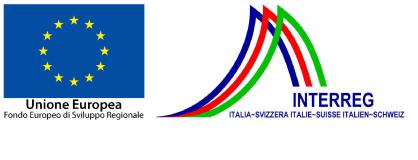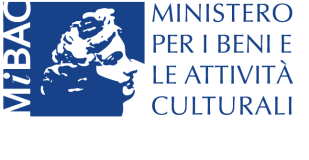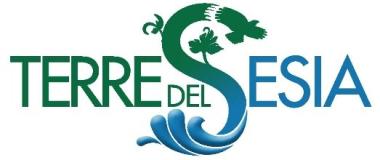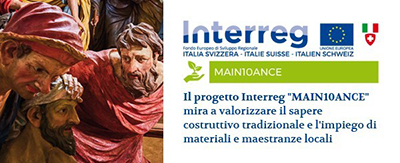Historical Notes
The Sacred Mount of Varallo was built at the end of the fifteenth century by the Franciscan friar Bernardino Caimi, who was the custodian of the Holy Sepulcher in Jerusalem and wanted to replicate in the Duchy of Milan, his homeland, the holy places of Palestine, evidence of the earthly life of Christ.
Simple buildings were built housing paintings or colored sculptures telling the story of Jesus thanks to the assistance and financial support of the inhabitants of Varallo. On the door of the first chapel, which reproduces the Holy Sepulcher of Jerusalem, there is an explanation of the reason for the project: allowing those who could not go on pilgrimage to see the sacred landmarks of Jerusalem.
At the beginning of the sixteenth century, thanks to the work of Gaudenzio Ferrari, artist, sculptor and architect, the sacred scenes acquired greater importance and the Sacred Mount took on its final appearance. Gaudenzio populated the scenes with realistic characters, taken from everyday life: mothers, children, pets, mountain people of the area with their goiter. He replicated not only their physical appearance, but also their human traits and feelings: the pain of the angels in Heaven for the death of Christ, the fainting of the Virgin Mary, the awe of the Magi when they saw the comet cross the sky.
Between 1565 and 1572, the complex was redesigned by the architect Galeazzo Alessi from Perugia who, in his project, called Libro dei Misteri (Book of Mysteries), which can be browsed in its original form at the Civic Library of Varallo, ordered and financed by the Milanese financier Giacomo d'Adda, enriched it with wonders and details similar to the decorative style of contemporary villas, with water features, fountains, hedges and Italian-style gardens. He designed three areas of the Sacred Mount: the garden area, the urban area on top and the wooded area, with the partially underground chapels of Limbo, Purgatory and Hell, the latter only partially built.
From 1593 Carlo Bascapè, bishop of Novara, turned the complex into a large illustrated religious teaching to teach the faithful, in a clear and communicative way, the story and life of Christ, following the instructions of St. Charles Borromeo and the Council of Trento. In this period, important artists such as the Fiammenghini brothers, Morazzone, Tanzio da Varallo and his brother Giovanni, Gianoli and Dionigi Bussola worked on the Sacred Mount of Varallo, and they took their inspiration from the other Sacred Mounts built after the Council of Trento: from Orta to Crea, Varese, Oropa and Ossuccio.







 Questo portale www.sacrimonti.org è un progetto finanziato a valere sui fondi della Legge 20 febbraio 2006, n. 77
Questo portale www.sacrimonti.org è un progetto finanziato a valere sui fondi della Legge 20 febbraio 2006, n. 77 



